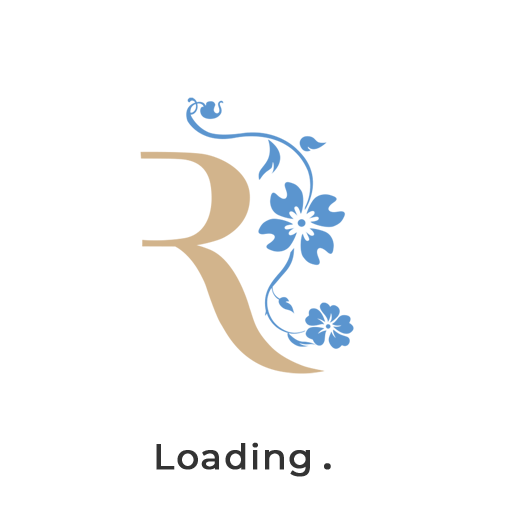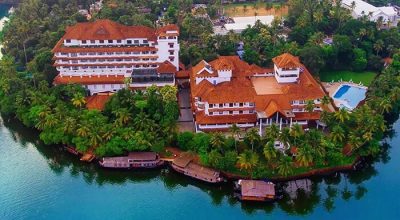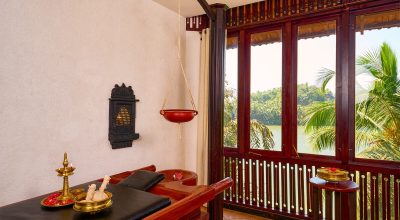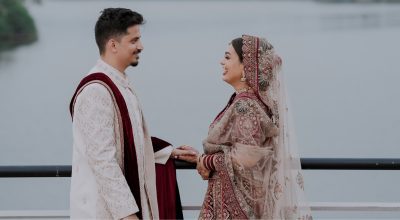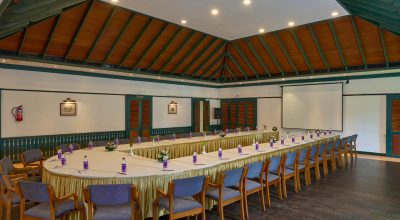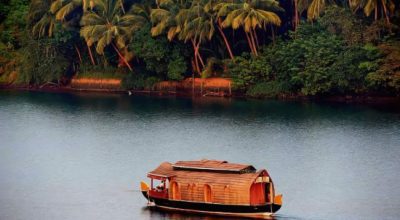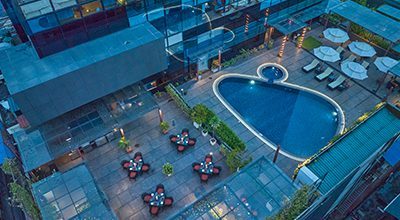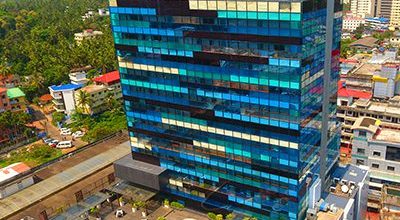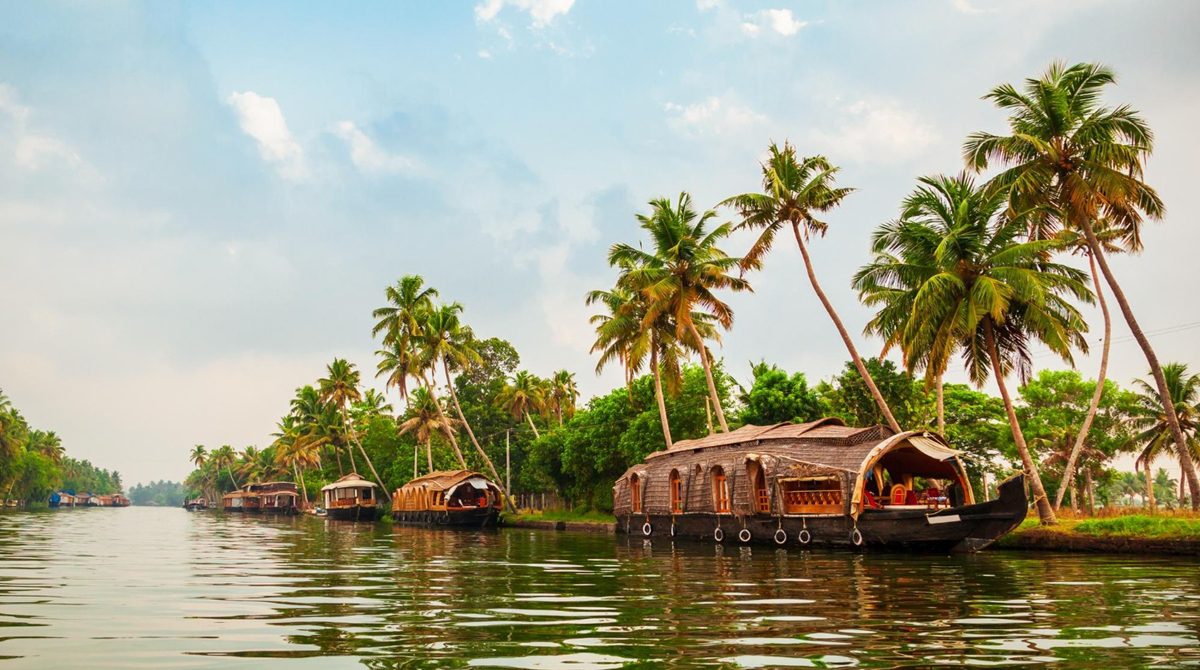Every 1 November, the air in Kerala takes on a quiet, proud rhythm. The steely green of palm leaves, the soft hum of Malayalam conversation, the scent of fresh banana fritters on a cool morning — all seem to whisper a single word: Piravi.
In Malayalam, “piravi” means birth; and so, Kerala Piravi marks the birth of the modern state of Kerala, formed in 1956 when the Malayalam-speaking regions of Travancore, Cochin, and Malabar united under the States Reorganisation Act.
It is a day of heritage, identity, and community — an invitation to look past the postcard scenery and find the living soul of one of India’s most distinctive regions.
How Kerala Came to Be
Before 1 November 1956, the land we now call Kerala existed as separate entities — the princely state of Travancore in the south, Cochin in the central region, and the Malabar district under the Madras Presidency in the north.
The movement for unification under a Malayalam-speaking state gathered strength through the early and mid-20th century. When the States Reorganisation Act was passed, these regions merged to form a single state — Kerala.
This was not merely an administrative reform; it was a cultural unification. It brought together a shared language, heritage, and way of life, laying the foundation for a state that would go on to be admired for its social development, literacy, and quality of life.
Why the Day Matters
Kerala Piravi is more than just a foundation-day celebration — it’s a statement of identity.
What does it mean to be Malayali? What heritage do you carry when you speak Malayalam, wear a kasavu saree, or savour banana halwa? Kerala Piravi is the moment when these questions find their answer.
Schools and colleges host Malayala Bhasha Vaaram (Malayalam Language Week), where cultural performances, poetry recitals, and debates celebrate the language’s elegance and vitality. People wear traditional attire — women in kasavu sarees and men in mundu — turning cities and villages into moving portraits of cultural pride.
For travellers, this is a chance to witness Kerala’s living culture — one that values simplicity, art, and authenticity as deeply as it values progress.
Celebrations Across the State
Across Kerala, Kerala Piravi is observed through cultural performances, official functions, and community gatherings. Public buildings and landmarks are illuminated, and traditional art forms take the stage in schools, temples, and auditoriums.
In northern regions such as Calicut and Kannur, the celebrations often highlight local crafts, cuisine, and art forms — creating a deeper connection with the roots of Malabar.
Visitors can experience:
- Classical and folk performances like Kathakali, Mohiniyattam, and Theyyam
- Exhibitions of traditional weaving, pottery, and coir work
- Poetry readings and Malayalam theatre in cultural halls
- Food festivals featuring regional delicacies like Malabar biryani, unniyappam, and jaggery-based desserts
It’s not a loud festival — it’s a luminous one. The light is quieter, the emotion deeper.
How Travellers Can Take Part
Visiting Kerala during Kerala Piravi offers travellers a unique opportunity to immerse themselves in the state’s cultural rhythm.
Ways to Experience It:
- Attend cultural events — from school parades to open-air concerts, most towns and cities host accessible performances.
- Explore local heritage sites like Mananchira Square in Calicut, Bekal Fort in Kasaragod, or the historic ports of Beypore and Kappad, which echo Kerala’s layered past.
- Dress local — a simple kasavu border scarf or mundu can make you part of the celebration.
- Taste the season — restaurants and hotels curate Kerala Piravi-themed menus featuring regional flavours and festive sweets.
- Learn a few Malayalam words — even a warm “Namaskaram” can open doors to meaningful conversations.
When Luxury Meets Culture
For those who seek comfort with context, Kerala Piravi is also an invitation to experience luxury with soul. Many of Kerala’s finest resorts use this occasion to highlight the essence of the state — its design, cuisine, and rituals of care.
You might find:
- Lamp-lighting ceremonies at dusk reflecting the festival’s spirit of light and renewal
- Spa and wellness packages rooted in Ayurveda and local herbs
- Chef-curated menus inspired by regional recipes
- Cultural evenings with live music, classical dance, or storytelling
This fusion of elegance and tradition is what sets Kerala apart — luxury here doesn’t dazzle, it soothes.
The Deeper Message of Kerala Piravi
Kerala Piravi isn’t just about remembering a date — it’s about reaffirming the values that shaped the state: literacy, equality, coexistence, and compassion.
It’s about unity through diversity — where Hindu temples, churches, and mosques often stand within sight of each other, and festivals flow seamlessly from one community to the next.
It’s about celebrating progress without losing heritage, and sophistication that never loses humility.
Where to Stay
If you wish to experience Kerala Piravi surrounded by calm waters and timeless architecture, a riverside stay offers the perfect reflection of the state’s essence.
Nestled along the Chaliyar River, The Raviz Kadavu brings together Kerala’s traditional architecture, contemporary comfort, and the soulful rhythm of nature. Guests can experience Ayurveda, riverside dining, and the cultural richness of Malabar — all in one serene setting.
For those seeking a city experience, The Raviz Calicut blends sophistication with heritage — ideal for travellers exploring the urban heart of Kerala while staying close to its traditions.
Kerala Piravi is a day when an entire state pauses to celebrate its birth — not with grandeur, but with grace. It reminds every Malayali, and every traveller who visits, that true richness lies in culture, language, and shared identity.
For those who journey through Kerala during this time, the experience is profound — you don’t just see the state; you feel its heartbeat.
As lamps glow across courtyards and rivers shimmer in evening light, one truth becomes clear: Kerala’s story is still being written — in kindness, in art, and in the eternal rhythm of its people.
